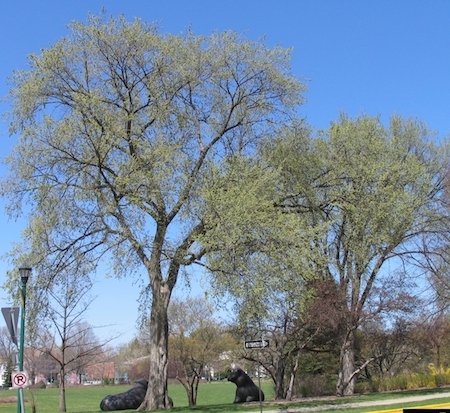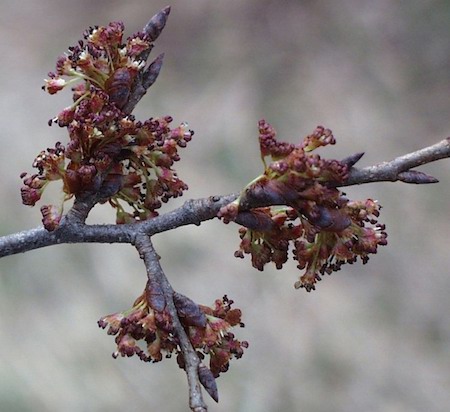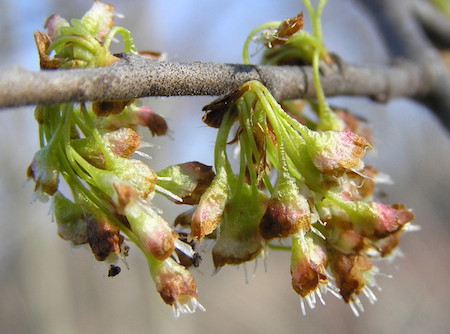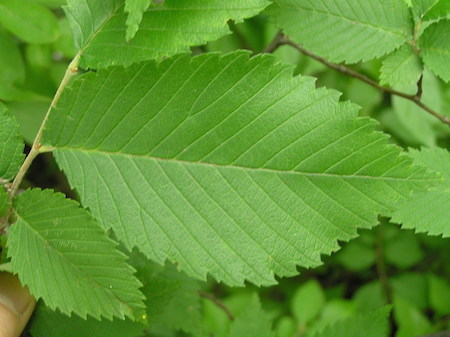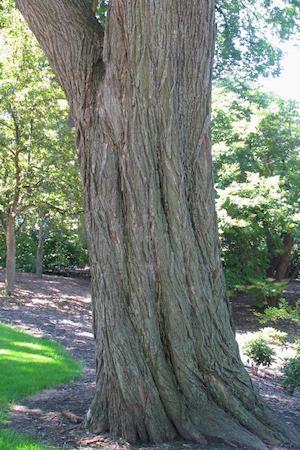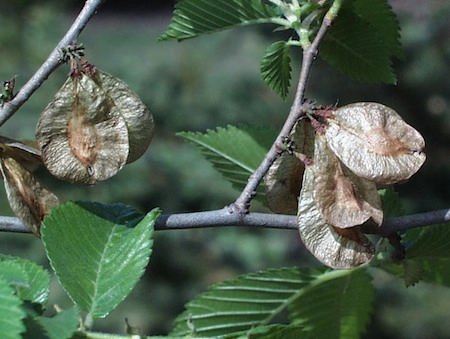American Elm
Specifications
- Latin (scientific) name: Ulmus Americana
- Life expectancy: 150 years. Until Dutch elm disease made its appearance in 1930, the life expectancy of an American elm was approximately 400 years.
- Height: 105 feet
- Circumference: 15 feet
-
The height and circumference measurements listed here are for the largest-known American elm tree in Georgia. This tree is located on private property.
-
Special characteristics:
This is a large handsome tree that any homeowner would be proud to own. Elms grow at a moderate rate. They need lots of room because they mature to a tree that has a massive branch structure. The tree usually has a vase-shaped form with arching branches.
The leaves are not large. The shade cast from the leaves creates a kind of lattice-work pattern on the ground on a sunny day.
-
Annoyance factors:
This is a large tree that was once a familiar sight as it lined up in rows to shade our streets. It was a favorite for street tree. That was before the Dutch elm disease appeared and eradicated a large number of this species. The disease has appeared in the south but it is not nearly as common as in the north.
Deadwood: the tree produces a moderate amount of deadwood with some size. They stay up in the tree for some time because the wood is so hard.
Branch breakage: these trees do not shed live branches and hold up well to storm damage.
-
Fun Facts:
Elm wood can be easily bent when steamed, making it a choice wood for barrels and basketry. The native Americans fashioned canoes and manufactured rope from the bark.
The wood burns slowly and is very difficult to split because of the spiral grain. The wood smoke smells like cat urine when burned in an open fire.
There are many historic elm trees that famous people stood under, over twice the number by count than oak trees. George Washington was particularly fond of this species of tree and planted many at Mount Vernon, some which are still alive today.
-
Photo Credits:
Trees: Joseph O'Brien, Bugwood.org
Bark: Joseph O'Brien, Bugwood.org
Leaves: Paul Wray, Bugwood.org
Emerging Flowers: Paul Wray, Bugwood.org
Flowers: Indiana University-Fort Wayne Native Trees Gallery
Seeds: Paul Wray, Bugwood.org

